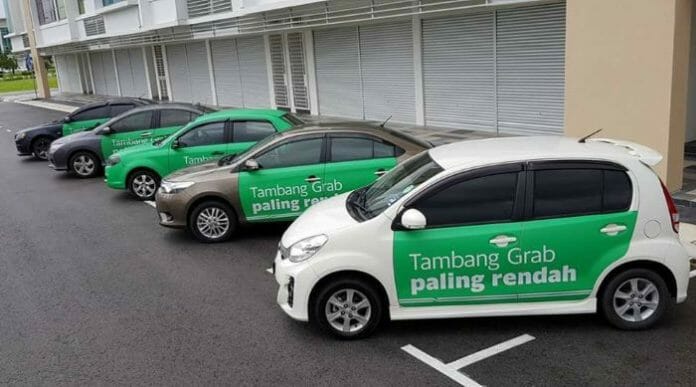A new variable commission structure introduced by Grab to encourage drivers to pick up passengers located further away from them may not be a sufficient incentive, several drivers told TODAY.
Based on the details available so far, choosing to pick up passengers closer to them would still make more monetary sense, they said, adding that there was still a lack of clarity on how the new variable charge is computed.
The drivers were giving their reactions to the ride-hailing platform’s recent announcement that it will introduce a new driver fare structure to take into account, in a “fairer” manner, the costs incurred to pick up passengers, which will kick in from Nov 14.
In essence, Grab will charge a lower commission for drivers who travel further to reach their passengers. Conversely, a relatively higher fee will be charged against drivers who only have to travel a short distance to pick up their passengers.
The new fare structure will apply to all transport services except for GrabShare, Hire, Standard Taxi, GrabHitch, and GrabCoach services.
It will replace the existing fixed commission rate of 20.18 percent of the passenger fare, including Goods and Services Tax.
The company has not formally announced the range of the new variable fee, but TODAY understands that during the new driver fare structure pilots conducted earlier this year, the Grab service fee was observed to range between 10 percent and 25 percent of the passenger fare.
A negative commission means that the driver’s earning is higher than the fare paid by passengers, and the difference will be paid for by Grab.
An online tutorial for drivers regarding the new fare structure, which was seen by TODAY, indicated the same range.
The trial runs with 300 drivers also found that the new fare structure had a “neutral to positive impact” on the earnings of 98 percent of them, as compared to the old fare structure, the company said.
On its website, Grab said that it observed an up to seven percentage point improvement in driver acceptance rate for trips involving pick-up points located further than 3km away from the driver, based on pilot runs earlier this year involving 300 drivers.
TRIP FARE IS THE ULTIMATE DETERMINANT
For now, drivers are awarded a S$3 bonus for any passenger located 3km away or further from them. Drivers told TODAY that generally, the furthest they have to travel to pick up a passenger is up to about 5km.
Drivers said that while Grab may charge them a smaller commission for picking up faraway passengers — or even give drivers up to 10 percent of the fare — the effort needed to pick up such passengers might still not be worthwhile.
After crunching the numbers, the drivers noted that the final trip fare is still the largest determinant for them to accept ride requests.
This is because the monetary compensation for the time spent by drivers to reach further away pick-up locations differs from case to case, given that the new variable charge is still pegged to fares.
The revision to Grab’s driver commission came at the heel of Gojek lowering its driver commission from 15 percent to 10 percent.
Asked for its comments, Gojek told TODAY that the firm constantly makes adjustments based on feedback from their driver-partners.
“Most recently, we also improved our algorithms to reduce far pick-ups, which has led to a 15 percent reduction in average pick-up distance in October as compared to September, benefitting both driver-partners and customers,” it added.
Another ride-hailing platform, Tada, does not charge any commission for its drivers. Instead, it levies a platform fee of S$0.55 or S$0.75, depending on the fare.
With Singapore drivers not convinced, will the ride e-hailing company introduce the mechanism in Malaysia? The gig economy in this country is among the most robust with many Malaysians driving e-hailing vehicles as their second job to make ends meet, while young graduates use it as their main source of income.
If Grab decides to implement the structure here, a more transparent method needs to be communicated so that drives know exactly what they need to do in order to earn extra income.
Published by Today Singapore and reposted on CNA









